Appearance Medicine
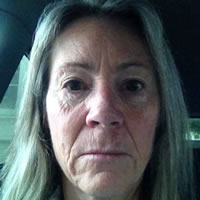
Pic 1. Prior to 1st treatment
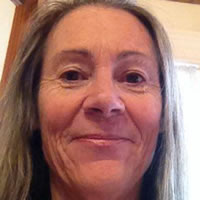
Pic. 2 Completion 3rd treatment
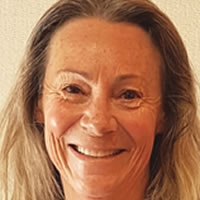
Pic 3. 12 weeks later
What are Engrams and Acupressure for the face - and why get it done?
Engrams are patterns of muscle movement and we use them for all sorts of things. For example when we smile 17 muscles form into a pattern and ka'ching a smile is formed. We don't have to consciously think about it and instruct each muscle what to do, it just happens. Our brain plays the smiley face music and the muscles of the face follow the tune. These patterns can form in response to any repetitive action smiles are just one of them so what happens when these engrams get programmed in ways that are unhelpful, such as fake smiling at a difficult client, partner, teenager, or workmate for a couple of years. What happens is that you end up with chronic tension locked into your face that inhibits your ability to really smile or express emotions freely. This can drive you into automatic and unwanted displays on your face.
Using a Law of the body called the Law of Facilitation the nervous system trains itself to find the path of least resistance or ease of use and it will tend to take the same course on a future occasion as each time it traverses this pathway the resistance will be less.
This can cause muscle engrams to remain in place long after an event or stress period has passed and these painful facial stress patterns can remain embedded triggering old emotional injury responses with less stimulus than would normally be required and pain patterns tend to become 'the' dominant patterns in the body, so once an area is injured or compromised, you are more likely to have the injury occur again with less stimulation. You can drop into a grumpy face without trying and in fact smiling can be really hard.
With specific treatment to release this tension the easier it is to relax the site of the tension and inhibit emotional cascades, and with these new methods we are able to rapidly release old tension in the face to allow a reset of these emotional stress patterns. The side effects on the health and appearance of the individual are graphic as you can see in these pictures.
Western medicine doesn't recognise that our organs have external projections that can be observed. Eastern medicines depict biologically active points on the hands, feet, the ears and on the face. Each point of our face, every fold and wrinkle is a reflection of our journey to this point and because our face is linked to the body, acting on the points of the face will not only relax the muscles here, but also stimulate and revitalize the entire body.
Leading energy meridians (stomach, gall bladder, bladder begin in the face. Here, for example, how the face and neck of the stomach meridian.
Asian and South Asian medicinal therapies believe that by releasing the muscles of the face and neck through applying sequential pressure at specific points it is possible to release the bodies energy channels, allowing energy or 'Chi' to flow freely thereby stimulating blood flow regionally and to the various organs via activating 'meridians'.
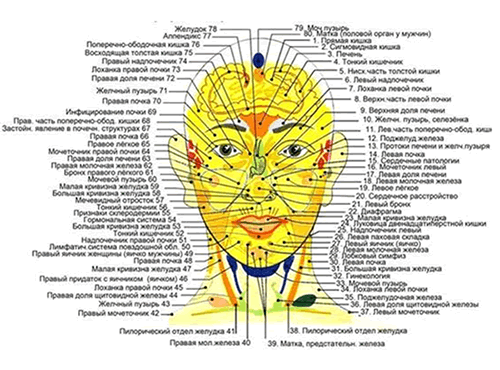
All points are subjected to gentle pressure and or circular massage motions in one or the direction 8 times.
|
Pituitary point or "third eye" is located on the midline of the forehead, just above the eyebrows. Massage here improves blood flow to the area and well as frontal parts of the brain promoting mental development strengthening eyesight, stimulating the pituitary gland, which in turn coordinates the endocrine processes. |
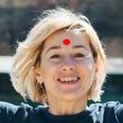 |
Paired points at the inner corner of the eye (on the wall of the nose) are called "points of youth." They are also believed to improve vision. |
 |
|
Either side of the nose located one approximately centimetre away from the nostrils are nasal points. Massage here makes breathing easier for colds, restores the sense of smell, and is anticipated to improve breathing plus the state of nasal mucous membranes, contributing to improved dental health and stimulating autoimmune responses to fighting viruses. |
 |
The point in the middle of the chin in the recess under the lower lip stimulates the release of toxins through the lymphatic system and relaxes the muscles of the lower face. |
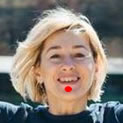 |
Massage points located at the temples, relieve bone joints, relieves stress from the adjacent muscles, improves blood flow to the brain and spinal cord, improves eyesight. |
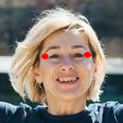 |
|
Paired points adjacent to the tragus of the ear, between the jaw joint and the ear canal can relieve the tension from the masticator muscles and temporomandibular joint, improve hearing and vestibular function. |
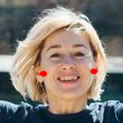 |
|
Massage points located at the base of the skull beneath the occiput relaxes the skull 'tendon helmet' or epicranium to improve blood circulation and brain function, relieving headaches, ear and neck pain. |
 |
|
The point in the place of the skull connection with the spine, improves vision, helps to relax. To find it you need to pass through the hollow at the back of the neck until the finger does not fall into the base of the skull. |
 |
Circular motion in one or the other way massage the seventh cervical vertebra, improving brain blood circulation, eyes, skin. |
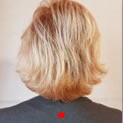 |
Acupressure Magic points on your face for skin rejuvenation and health improvements.
Despite being applied to only a few points on the body Acupressure is able to contribute to powerful muscle relaxation of the whole body. For the face Acupressure can relieve tension and spasms to improve microcirculation contributing to significant smoothing of fine lines on the face.
One of the methods of acupressure is point pressure with the index finger or thumb. In some cases a specialist tool such as a Bodytool® or ScarsAway® tool can be used in combination with rotational movements on the selected point.
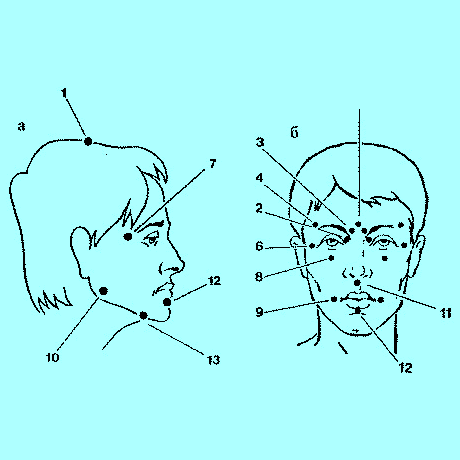
Initially softer pressure is applied at the selected point for 30 seconds, this begins the process of improving the local blood circulation. Following this up to nine clockwise then counter clockwise rotations are performed. Duration of massage any one point should not exceed 3-4 minutes.
- Point 1. Is located on the top of the head and found in the parietal pit in the centre of the line connecting the highest points of the ears. This point is indispensable if you have insomnia, neurosis, headaches, vascular dystonia or migraines. In ancient scritps this point has been called the "point of thousands of meetings."
- Point 2. The inner corner of the eye, at a distance of 0.3 cm, is the point "clear light." The name speaks for itself. Massage this point improves visual acuity and also helps with nasal congestion.
- Point 3. At the beginning of the eyebrows, above the point 2 (bright light), point 3 is located, this point is very effective for dizziness, front of the head pain of a vascular origin.
- Point 4. On the outside of the eyebrow point is located 4 called "bamboo thread" - this point assists with poor eyesight, relieves headaches also of a vascular origin.
- Point 5. Is an often used point located in the centre of the nose bridge in a vertical line extending from the tip of the nose. This point has a poetic name "meeting with the church." Helps with insomnia, headaches, dizziness, point massage improves the general health condition.
- Point 6. When migraine relief brings massage point 6, located approximately 0.6 cm from the outer corner of the eye.
- Point 7. This point is called the "sun": it is located in the temporal cavity between the ear tip and the outer end of the eyebrow. Effective for emotional stress and instability plus eye conditions and migraine headaches.
- Point 8. This point is located 1 cm below the level of the pupil. Massage points will provide invaluable service if you have the upper eyelid tics, headache, speech disorder, vertigo. Soreness at this point may indicate a sinus or malfunctions in the stomach.
- Point 9. The ninth point is called the "axis of cheeks" and it is located to the top and front of the angle of the mandible; on-site point of detectable small indentation. It is used in acupuncture with goiter, speech disorder. Exposure to this point helps with cervical myositis - difficulty with turning the neck, forced stress positions.
- Point 10. Is used for fainting and shock this point is located at the tip of the nose to the upper third of the vertical grooves of the upper lip. This point is called the point of the Chinese "middle man". Massage is recommended for swelling of the face and nervous ticks in the eye and mouth area.
- Point 11. Has simultaneous effect on both points 10 and 11 so it also relieves swelling of the face. Just massage these points activates the function of internal organs and the brain. Point 11 is effective for loss of voice.
- Point 12. Point 12 is called "anti-stress" and it is located in the centre of the inner side of the chin. When frightened or in very high emotional stress from bad news etc massage this point firmly for immediate relief.
Our Team

Chris Toal
A passionate Forensic Bodyworker for two decades, Chris says that he's only a facilitator of communication between you and your body. He believes that many persistent unresolved injuries and conditions are only waiting for...
more
Alla Kalinina
Alla has a deep base to draw on. A renowned dance choreographer and fitness instructor in her homeland, Ukraine, her Aerobic dance teams were European champions. Alla is also a qualified mobility therapist...
moreLike a free info pack?
We would really love to help. No change No charge!
Provide us with a quick outline of your health issues and we will send you relevant info and references from others that have been where you are and are now well. Stop struggling; this is not living - you are supposed to be clear headed and happy.